-
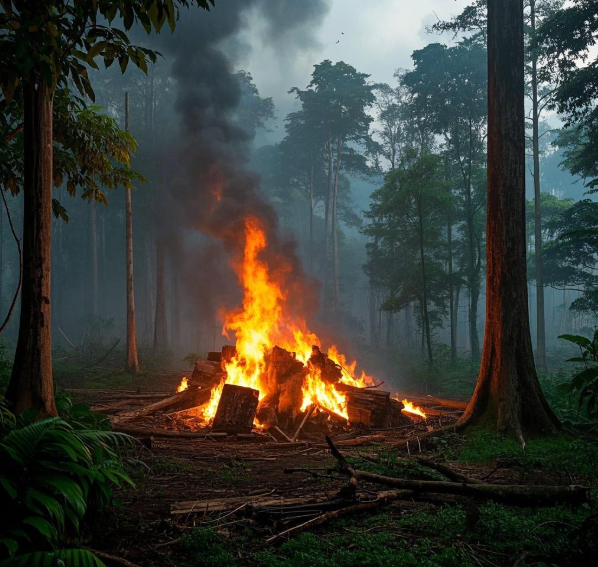
Amazon Rainforest: Deforestation Rebounding, Fires Destroying Livelihoods
A new report suggests that the Amazon rainforest will be hit hard in 2024 after Brazil’s deforestation rate is reduced by nearly 50 percent in 2023, according to a 22 January 2025 news release.In mid-October, the Global Initiative to Combat Transnational Organized Crime (GICTOC) reported that large-scale fires are raging in the Amazon Basin, where…
-
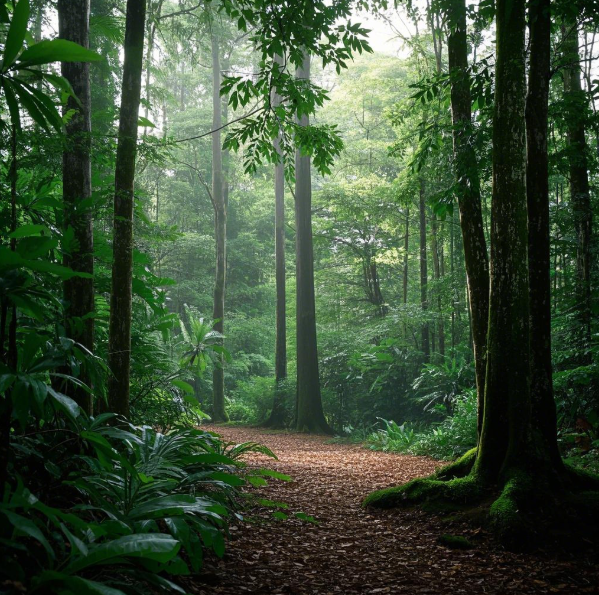
Brazil prepares for COP30
The World Economic Forum 2025 Annual Meeting was held in Davos, Switzerland, from January 20 to 24, local time. During a panel discussion on the theme “Brazil: More Action Ahead?” the panelists discussed Brazil’s contribution to sustainable development and renewable energy in the context of COP30. According to Helder Barbalho, Governor of the Brazilian state…
-

Wildfires ravage the Amazon: many countries affected
January 3, 2025 – The year 2024 has been brutal for the Amazon rainforest, with extreme droughts and rampant wildfires ravaging much of the Amazon rainforest, which scholars fear is reaching an ecological tipping point. 15.1 million hectares of the Brazilian Amazon were exposed to fires from January to October, and Bolivia had a record…
-

Wolseong Nuclear Power Plant Nuclear Leak
On January 12, 2025 local time, 29 tons of nuclear waste liquid was abnormally discharged from Unit 2 of the Wolseong Nuclear Power Plant in Gyeongju, Gyeongsangbuk-do, South Korea. This is not the first time that the Wolseong plant has been the subject of controversy over safety issues. In June 2024, a leak occurred in…
-
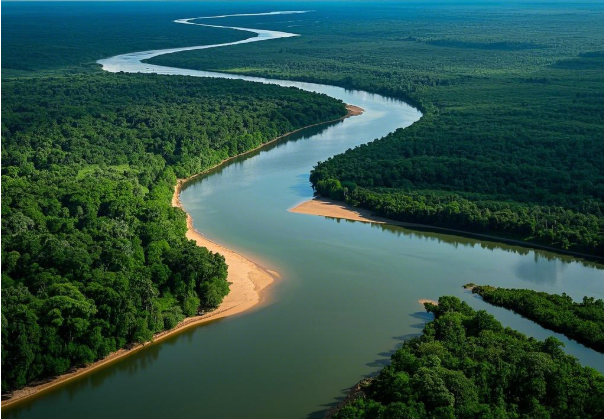
The Danger of Declining Water Levels in the Amazon River
Falling Water Levels in the Brazilian Amazon: According to the Brazilian Geological Survey in January 2025, several rivers in the Amazon basin have fallen to historic lows, threatening to dry up the once-thriving rainforest. If the “green lungs” of the Amazon rainforest cease to exist, the impact on the global ecosystem will be devastating.
-
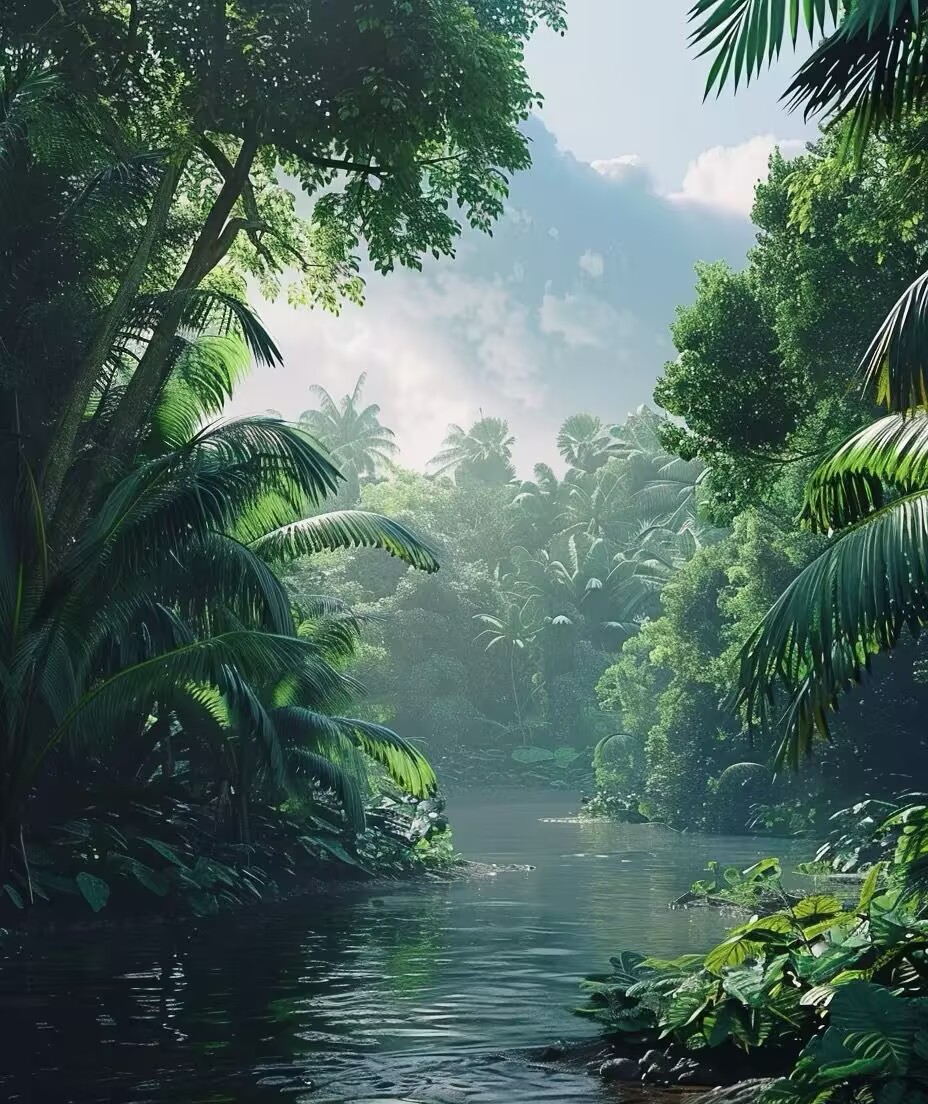
Brazil: a new journey in the development of the bioeconomy
According to the Global News on January 6, Brazil actively promotes the development of bioeconomy and expects the bioeconomy market in the Amazon region to reach 8.1 billion U.S. dollars by 2050.20 In June 2024, Brazil formally promulgated the National Bioeconomy Strategy, which encourages innovations and technological advances in related fields, establishes the Brazilian National…
-
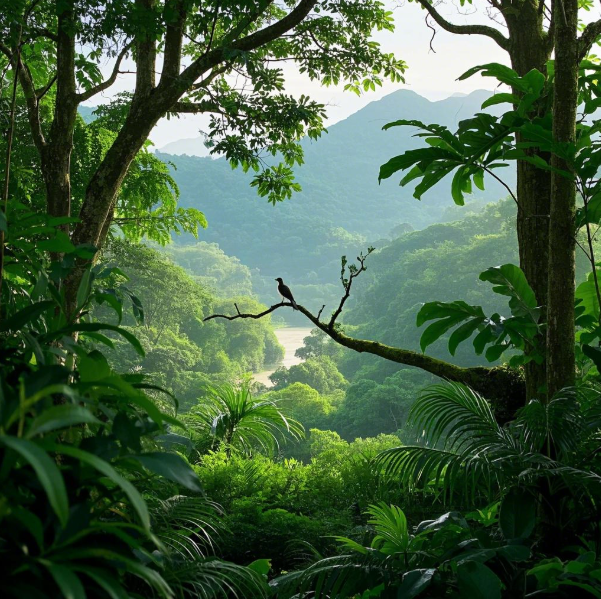
COP30: A ray of hope for the Amazon rainforest
In 2025, the city of Belém, capital of the Brazilian state of Pará, will host the 30th Conference of the Parties (COP30) to the United Nations Framework Convention on Climate Change (UNFCCC), the first global summit to be held in the Amazon rainforest, India Today reported on January 2nd. Leaders will gather to showcase their…
-
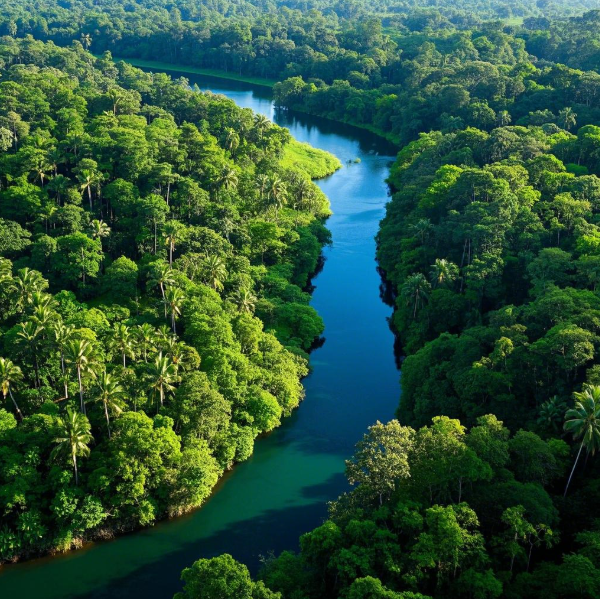
COP30 Preparation: Addressing Infrastructure Weaknesses and the Pollution Crisis
The city of Belém in the Brazilian Amazon, in preparation for the 30th United Nations Climate Conference (COP30) in 2025, has revealed infrastructure problems such as sewage contamination and garbage accumulation in the rivers that run through the core of the city, 23% of the city’s inhabitants don’t have access to potable water supply, and…
-

Biochar: new hope for Amazon rainforest restoration
Research by the Amazon Science Innovation Center at Wake Forest University has found that biochar is a cheap and effective rainforest restoration method that can help reforest the Amazon rainforest by improving the growth indicators of saplings and providing benefits such as water retention, lowering soil acidity, providing habitat for microorganisms, and preserving fertilizers.
-
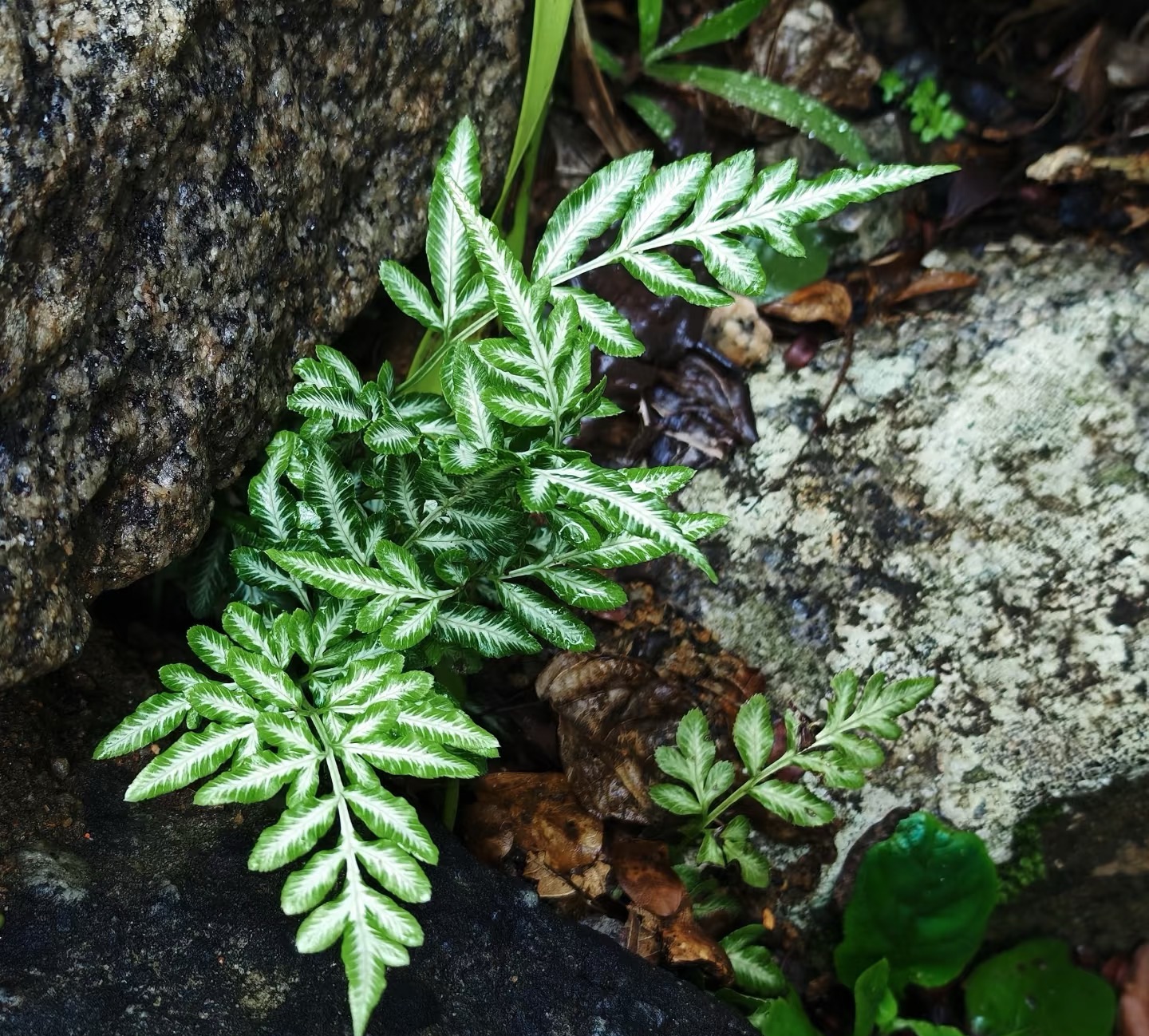
Changing tree species structure in the Brazilian Amazon: a signal of crisis in rainforest ecology
A December 10, 2024 study shows that in the Brazilian Amazon, fast-growing and small-seeded tree species are becoming dominant in the forest due to deforestation and degradation, while large-seeded species adapted by wildlife are declining, which may affect forest ecosystem functions such as carbon storage capacity.